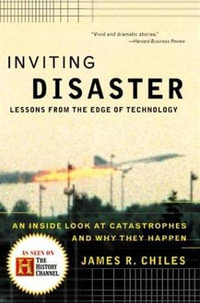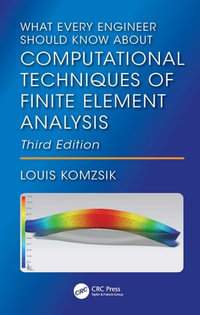
eTEXT
Optimal Mobile Sensing and Actuation Policies in Cyber-physical Systems
By: Christophe Tricaud, YangQuan Chen
eText | 14 October 2011
At a Glance
eText
$159.01
or
Instant online reading in your Booktopia eTextbook Library *
Read online on
Desktop
Tablet
Mobile
Not downloadable to your eReader or an app
Why choose an eTextbook?
Instant Access *
Purchase and read your book immediately
Read Aloud
Listen and follow along as Bookshelf reads to you
Study Tools
Built-in study tools like highlights and more
* eTextbooks are not downloadable to your eReader or an app and can be accessed via web browsers only. You must be connected to the internet and have no technical issues with your device or browser that could prevent the eTextbook from operating.
ISBN: 9781447122623
ISBN-10: 1447122623
Published: 14th October 2011
Format: ePUB
Language: English
Publisher: Springer Nature
You Can Find This eBook In
Non-FictionComputing & I.T.Computer ScienceComputer Networking & CommunicationsComputer HardwareNetwork HardwareEarth Sciences, Geography, Environment, PlanningThe EnvironmentConservation of The EnvironmentEngineering & TechnologyElectronics & Communications EngineeringElectronics Engineering
Automatic Control EngineeringMechanical Engineering & MaterialsMechanical EngineeringCommunications Engineering & TelecommunicationsTechnology in GeneralEngineering in GeneralIndustrial Chemistry & Manufacturing TechnologiesOther Manufacturing TechnologiesPrecision Instruments ManufactureAgriculture & FarmingAgricultural ScienceEnergy Technology & EngineeringElectrical EngineeringLibrary & Info SciencesLibrary & Information Services
This product is categorised by
- Non-FictionComputing & I.T.Computer Science
- Non-FictionComputing & I.T.Computer Networking & Communications
- Non-FictionComputing & I.T.Computer HardwareNetwork Hardware
- Non-FictionEarth Sciences, Geography, Environment, PlanningThe EnvironmentConservation of The Environment
- Non-FictionEngineering & TechnologyElectronics & Communications EngineeringElectronics EngineeringAutomatic Control Engineering
- Non-FictionEngineering & TechnologyMechanical Engineering & MaterialsMechanical Engineering
- Non-FictionEngineering & TechnologyElectronics & Communications EngineeringCommunications Engineering & Telecommunications
- Non-FictionEngineering & TechnologyTechnology in GeneralEngineering in General
- Non-FictionEngineering & TechnologyIndustrial Chemistry & Manufacturing TechnologiesOther Manufacturing TechnologiesPrecision Instruments Manufacture
- Non-FictionEngineering & TechnologyAgriculture & FarmingAgricultural Science
- Non-FictionEngineering & TechnologyEnergy Technology & EngineeringElectrical Engineering
- Non-FictionLibrary & Info SciencesLibrary & Information Services























